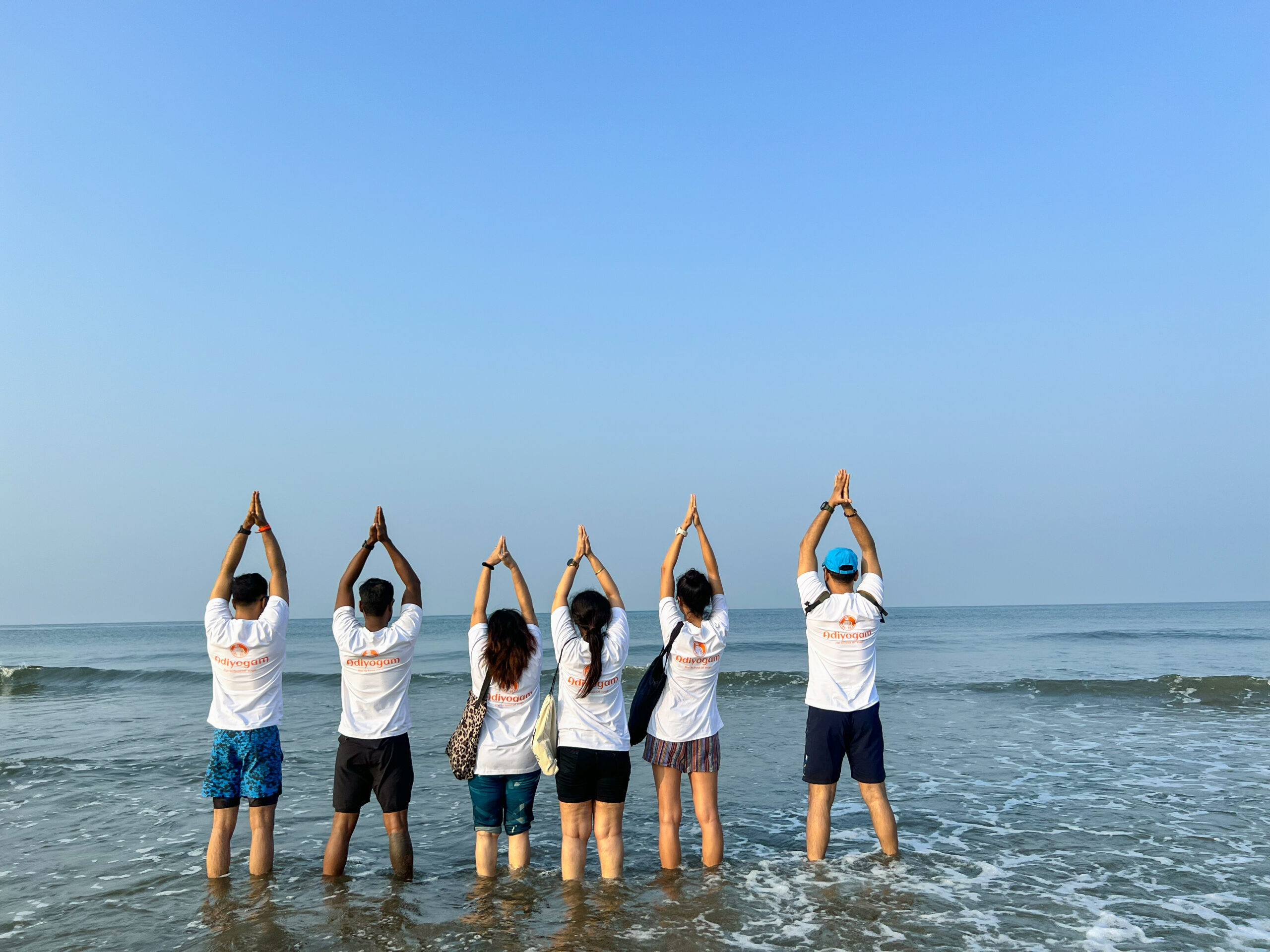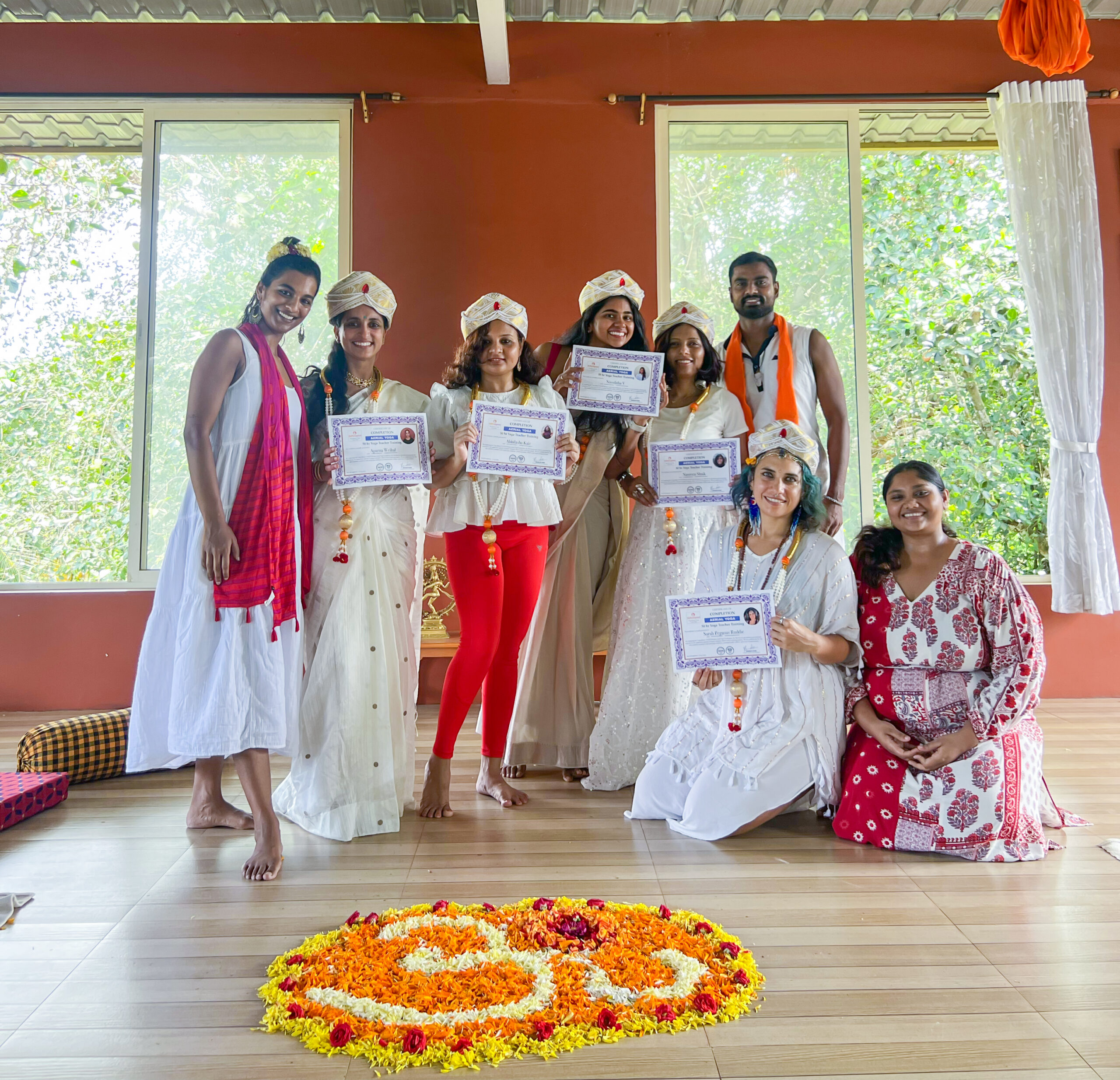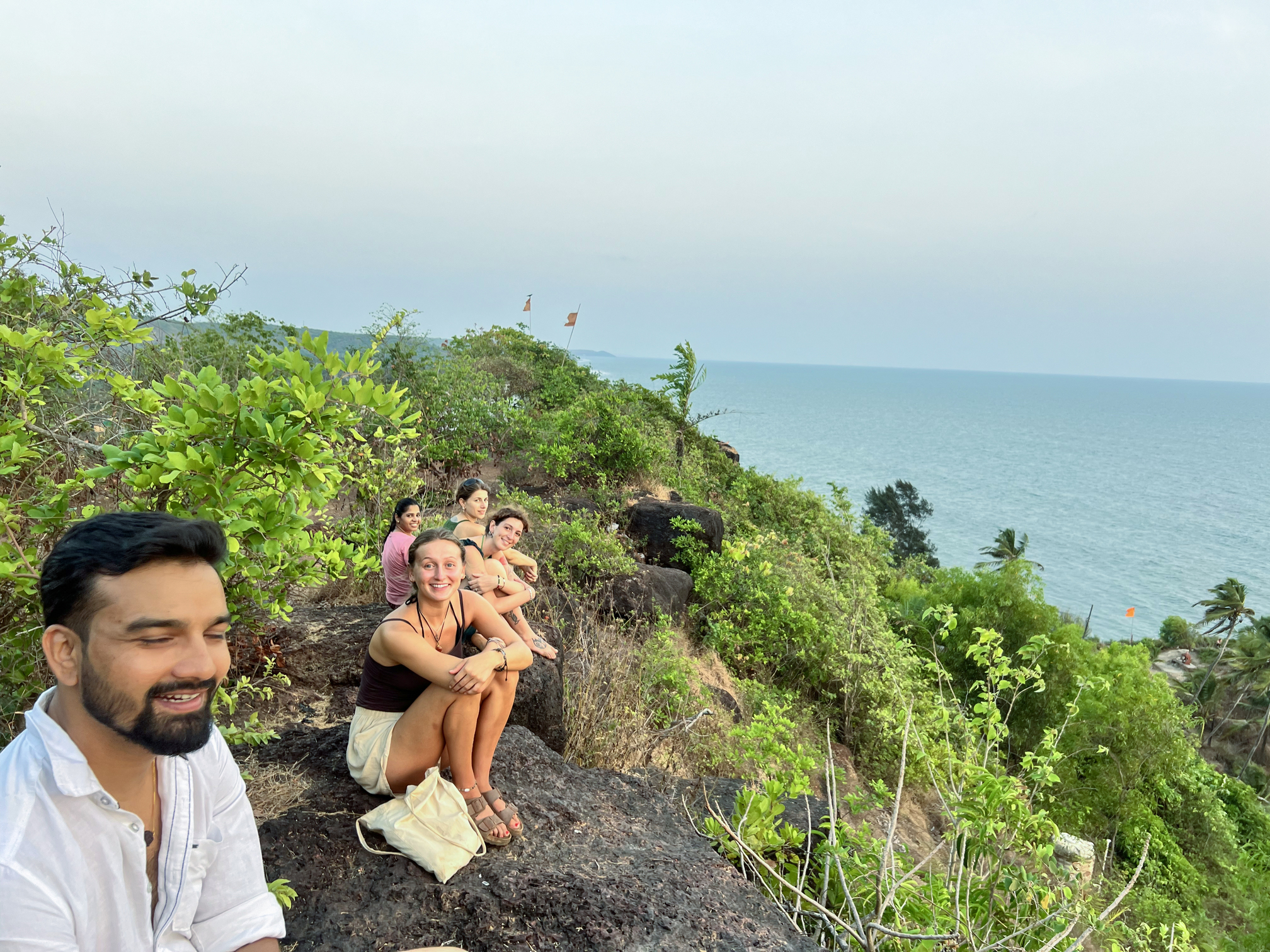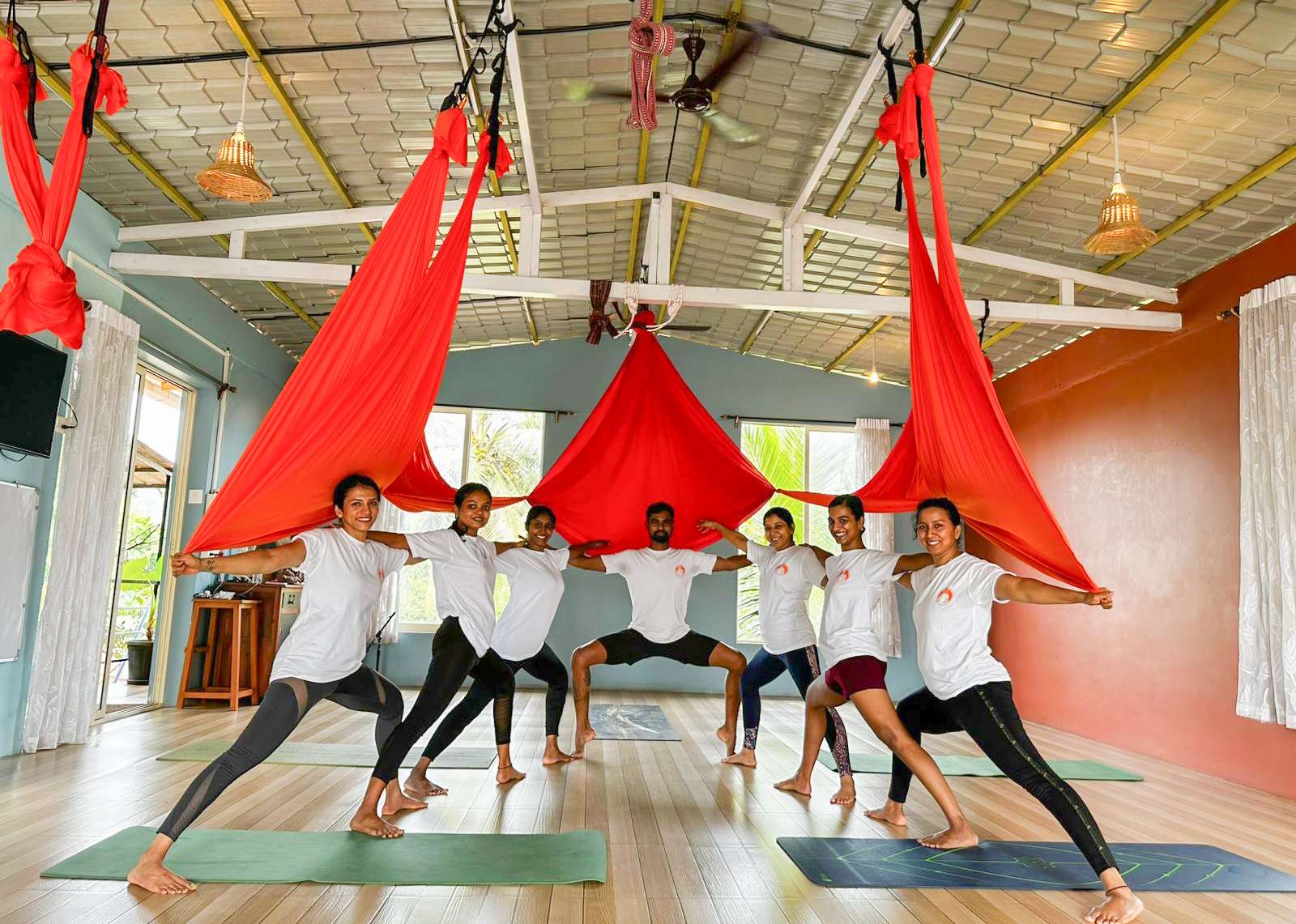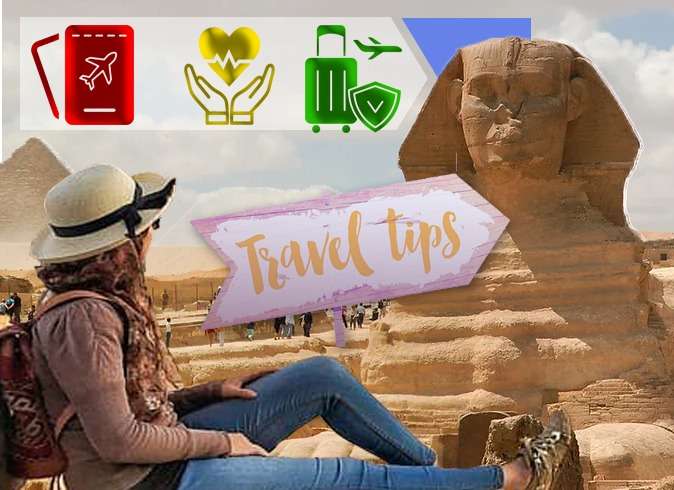Goa has always been popular for its Sun-Kissed beaches, coastal marvels, nightlife, EDM parties, music festivals, and carnivals. But in recent years, it has turned out to be the global destination for yoga enthusiasts. The yoga craze in Goa is taking over all other destinations, and it is not just a passing trend; it is something that beginners, wellness seekers, and even regular yoga practitioners who come for yoga TTC in Goa want to hop on. Let’s decode why the yoga craze in Goa is taking over.
Goa, A Destination Made For Yoga Lovers
With more than 100 kilometres of beach shoreline, swaying coconut trees, the tropical weather, and the cooling forests, Goa offers the most ideal backdrop for yoga teacher training programs, yoga schools, ashrams, and wellness retreats. It makes the perfect place to nourish the mind, heal the body, and help you connect with yourself. In addition to the clean environment, Goa offers a Portuguese heritage with a combination of authentic Indian traditions that makes the experience immersive for tourists and yoga travelers. From its colonial churches to beach cafes, the atmosphere of Goa appeals to people seeking nature and the experience of vibrant Indian culture dipped in Bohemian touches.
Why Goa Tourism is Blooming
Yoga tourism is one of the growing contributors to global business. These days, people are prioritizing holistic experiences over simply visiting a certain place. They want to invest in fulfilling experiences like yoga classes, meditation sessions, ayurvedic therapies, and the local culture. Especially in Goa, the influx of tourists includes both domestic as well as international visitors who come for wellness-driven pursuits such as yoga retreats, wellness spas, teacher training programs, yoga classes, etc. across the state.
Location (North vs South)
Places all across Goa offer tourist-friendly spots and experiences. But in South Goa, beaches like Patnem, Agonda, and Palolem have become the sanctuary for peaceful and transformative yoga retreats away from the hustle and bustle of the tourist chaos. People come to South Goa for the quiet environment to experience mindfulness and peace.
North Goa, on the other hand, is popular for yoga along with the vibrant culture and ecstatic evenings. Beaches like Arambol, Vagator, Anjuna, and Assagao offer yoga retreats and classes along with evenings rich in culture. Activities such as music festivals, ecstatic dance, bohemian events, and local markets make North Goa perfect for yoga travelers who want to spend their day in yoga and their evenings and nightlife experiencing the local culture.
Foreigner Friendly
Goa is one of the most foreigner-friendly destinations in India. It welcomes people from all across the globe. People from different places, communities, age groups, and professions come to Goa to spend their holidays, learn something new, and take back good memories. In addition to the infrastructure and humble local communities that support tourism, what makes the place even more foreigner-friendly is also that Goa thrives in tourism because of the influx of foreigners, so naturally it becomes a very safe space for both domestic as well as foreign tourists to come to Goa and enjoy their time.
Authentic Styles of Yoga
Goa actively promotes authenticity and heritage. The yoga ashrams, yoga schools, teacher training institutes, and even the yoga wellness resorts offer authentic yoga styles along with spiritual immersions to offer deep authenticity and comfort. Whether you are looking for Ashtanga, Hatha, Iyengar, Vinyasa, Aerial, or any other style of yoga, you would get to experience it in the most authentic way possible, along with traditional yoga practices such as Pranayama – the yogic breath work and meditation to enhance the overall experience of yoga.
Traditional Yoga Gurus
The reason why people address Goa for its yoga craze is the traditional yoga gurus and instructors that Goa offers. The yoga ashrams and yoga schools in Goa, most of the time, have yoga instructors who have grown up with yoga and learnt yoga the traditional way. They implement the principles of yoga on a day-to-day basis, which goes beyond just the physical movements. For instance, Bharat Ram ji from AdiYogam School in Goa holds decades of experience in teaching Goa and has guided hundreds of students in learning the authentic styles of yoga along with other immersive experiences such as Mudgar training, ice plunge sessions, guided meditations, trauma informed practices etc. which have helped his students to not only learn yoga the right way, but also connect with themselves better, which is the purpose of Goa.
Community
When travelers visit Goa, whether it is for attending the music festivals or a yoga vacation, or a yoga teacher training course, it is not just the experience that they take away with them. It is also the community they bond with and become genuine friends. Yoga offers a space for the interaction of like-minded people and communities who come from various backgrounds with common interests in yoga, spirituality, and finding themselves in that journey. This community not only offers genuine friendships, but it also leads to professional connections that help people connect better and expand their network.
Activities and Culture
Along with authentic styles of yoga and traditional yoga masters, Goa offers immersive cultural events such as Goa Sunsplash, the Goa Spiritual Festival, music festivals, and other such colorful events which promote wellness tourism and attract followers. In addition to such festivals, Goa offers activities like mud baths, jungle trekking, earthy cafes, cocoa dancing, bohemian events, guided meditative sessions, etc., that enhance the stay experience of foreigners and travelers in Goa, making Goa one of the most loved destinations for yoga and related activities.
Why Should You Join the Craze?
Holistic benefits – Goa offers a complete package. It not only helps one strengthen the body by learning the yoga postures, but it also helps in relaxing the mind through pranayama and breath work techniques, and looks after their overall health in a holistic manner.
Something for everyone – Even though yoga does not work similarly on everyone, it offers something for everyone. A person whose goal is relaxation can go for Aerial yoga teacher training in Goa in the comfort of his hammock, and for someone who has just come out of a certain injury and wants to prioritize therapeutic recovery, can go for Iyengar yoga.
Cultural enrichment – Iowa offers a number of ceremonies and activities that are culturally rich and enhance the overall well-being through multiple activities and modalities.
Lifestyle changes – The habits built in the yoga retreats and teacher training schools are transformative and are capable of completely revolutionizing one’s lifestyle.
Conclusion
The yoga craze in Goa is not just a social media hype worthy of Instagram pictures. It is actually a growing global demand for immersive experiences, traditional teachings, mindfulness, and activities set in the natural background of Goa. From certified courses to holistic activities for rejuvenation and spiritual growth, Goa offers everything that will help you deepen your practice and heighten your wellness routine.

